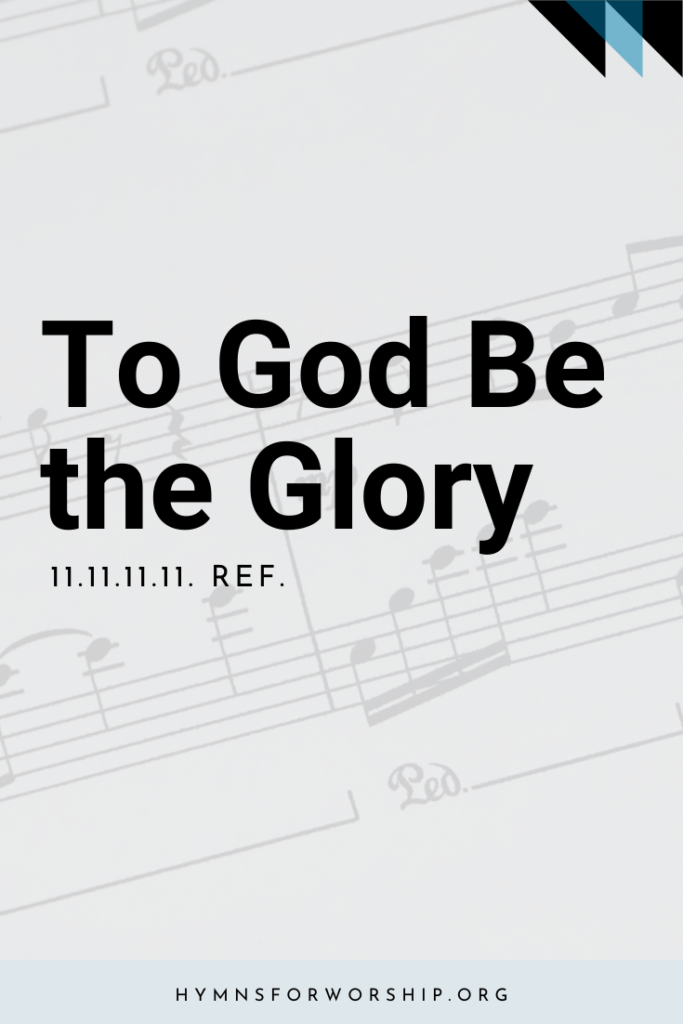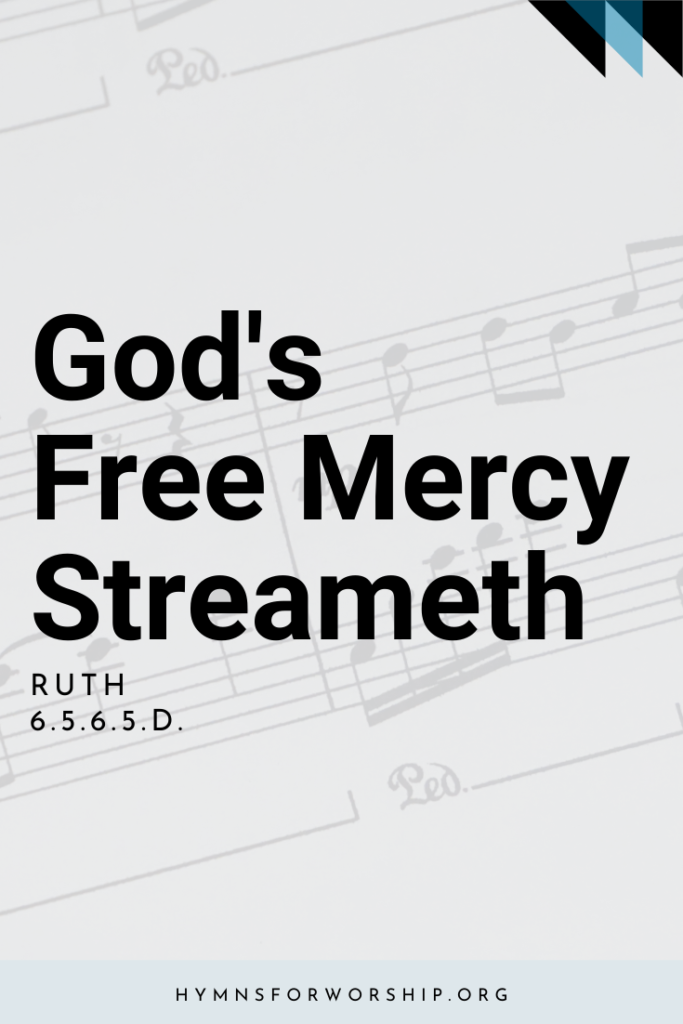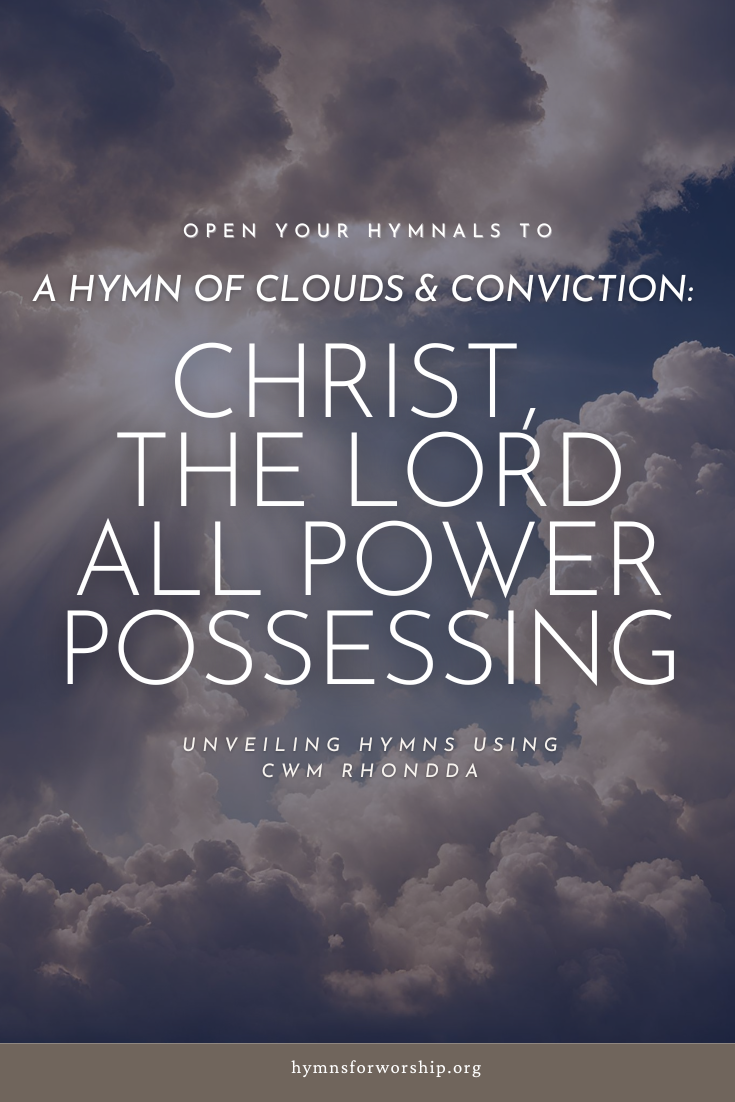
Have you ever encountered a hymn that, beneath its familiar surface, holds a treasure trove of theological intrigue? That’s the case with “Christ the Lord, All Power Possessing,” (SDAH 415) a Seventh-day Adventist hymn that transcends mere praise and becomes a journey through pivotal moments in Jesus’ ministry, all united by the evocative phrase “on the clouds.”
Maxwell’s inspiration stemmed from a profound realization. He saw an inextricable link between understanding the significance of 1844 in Adventist belief and singing about these crucial events. For Adventists, the belief in Christ’s imminent return is inextricably woven with the concept of the final judgment commencing in 1844, marked by the first angel’s message in Revelation. Singing of this time-sensitive period after 1844 ignites a sense of urgency and fuels our mission.
Who is C. Mervyn Maxwell?
Born in England in 1925, Maxwell’s life immersed him in both the intellectual and practical aspects of Seventh-day Adventist faith. His father, Arthur S. Maxwell, was the famous “Uncle Arthur” of “Bedtime Stories” fame, editor of “Signs of the Times,” and the official Adventist spokesman for church-state affairs in Britain. This early exposure to Adventist thought undoubtedly shaped Mervyn’s later academic pursuits.
Following in his father’s footsteps, Maxwell pursued a B.A. at Pacific Union College, an M.A. at the SDA Theological Seminary, and eventually a Ph.D. in Church History from the University of Chicago. He spent nine years pastoring California churches, demonstrating his dedication to putting theological knowledge into action.
His academic career blossomed at Union College, Nebraska, and later at Andrews University, Michigan, where he chaired the Department of Church History for 25 years. Maxwell’s passion for church history wasn’t merely academic; it fueled his desire to understand the Adventist movement’s roots and present-day relevance.

This passion is evident in the hymn “Christ the Lord, All Power Possessing.” His understanding of 1844’s significance in Adventist theology wasn’t just intellectual; it stemmed from a deep engagement with historical context and its implications for the present.
1844 & Theological Connections
“Christ the Lord, All Power Possessing” goes beyond mere chronology. It draws a powerful parallel between the pivotal year of 1844 and the Day of Atonement described in Leviticus 16. Living in this “antitypical day of atonement,” as Maxwell calls it, demands a Christ-centered lifestyle, one aligned with the principles outlined in the chapter. This connection, along with others, led him to delve into Daniel 7:9-14, perceiving it as a cosmic drama, a Christ-on-the-clouds event comparable in grandeur to his second coming.
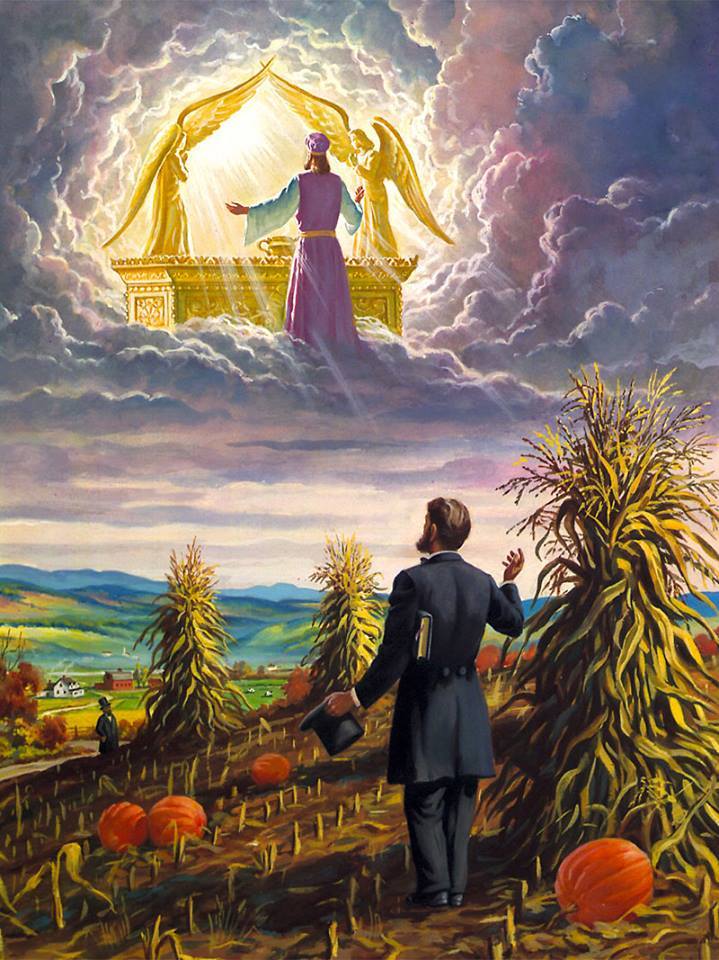
Expounding on the Antitypical Day of Atonement, prophetess and writer, Ellen White expounds:
In 1844 our great High Priest entered the most holy place of the heavenly sanctuary, to begin the work of the investigative judgment. The cases of the righteous dead have been passing in review before God. When that work shall be completed, judgment is to be pronounced upon the living. How precious, how important are these solemn moments! Each of us has a case pending in the court of heaven. We are individually to be judged according to the deeds done in the body. In the typical service, when the work of atonement was performed by the high priest in the most holy place of the earthly sanctuary, the people were required to afflict their souls before God, and confess their sins, that they might be atoned for and blotted out. Will any less be required of us in this antitypical day of atonement, when Christ in the sanctuary above is pleading in behalf of His people, and the final, irrevocable decision is to be pronounced upon every case?
TRUE REVIVAL, page 12.3
Singing this hymn then becomes a journey through three distinct, interconnected and pivotal moments not just in Adventist history but in the general religious context:

Stanza 1: The Ascended Lord
The first stanza echoes the triumphant hymn of praise as Jesus ascends to heaven, cloaked in clouds, his earthly ministry complete. We can almost hear the celestial chorus as he rises, marking the culmination of his time on Earth. The inspiration is drawn from Matthew 28:18-20, Luke 24:50, and Acts 1:9.

Stanza 2: The Coming King
Anticipation builds as the music swells, painting a vivid picture of the clouds parting and Jesus descending in majesty to claim his rightful throne. The imagery is nothing short of breathtaking, a testament to the power and glory of his return. This is described in Matthew 24:30, 1 Thessalonians 4:16, and Revelation 1:7.

Stanza 3: The Heavenly Judgment
We’re transported to 1844, the beginning year of the investigative judgment. Jesus, enveloped in clouds, approaches the Ancient of Days, marking a pivotal shift in the heavenly realm. This stanza reminds us of the significance of this specific period in Adventist theology, a time of reckoning and preparation. Drawn from Daniel 7:13.
The recurring phrase “on the clouds” in each stanza binds these events, highlighting a profound connection. Even the language used to describe Jesus’ approach in 1844 and his second coming echoes, reinforcing the reality and significance of this specific period in Adventist theology.
“CWM RHONDDA churning in my brain”
Initially, UNSER HERRSCHER was chosen for the hymn. But when Maxwell revealed that he had a preference, his exact words being “with CWM RHONDDA churning in my brain,” the committee wisely switched gears. The power and grandeur of this tune perfectly complements the hymn’s message, adding emotional depth and theological weight.
This hymn tune was born in the heart of the Rhondda Valley, Wales, in 1907. John Hughes, a coal miner and talented organist, composed it for the inauguration of the Capel Rhondda organ. Originally titled “Rhondda,” it resonated with the passion and resilience of the Welsh people, reflecting their deep-rooted faith and connection to the land.
But it is not just its historical background that makes the hymn tune so attractive. Musically speaking, CWM RHONDDA can be described as a soaring composition filled with emotional intensity. It was written originally in Ab major most hymnals have it published in G major, a bright and optimistic key.
Learn the hymn
Printables, piano accompaniment, hymn text and other tidbits are all available in this site.
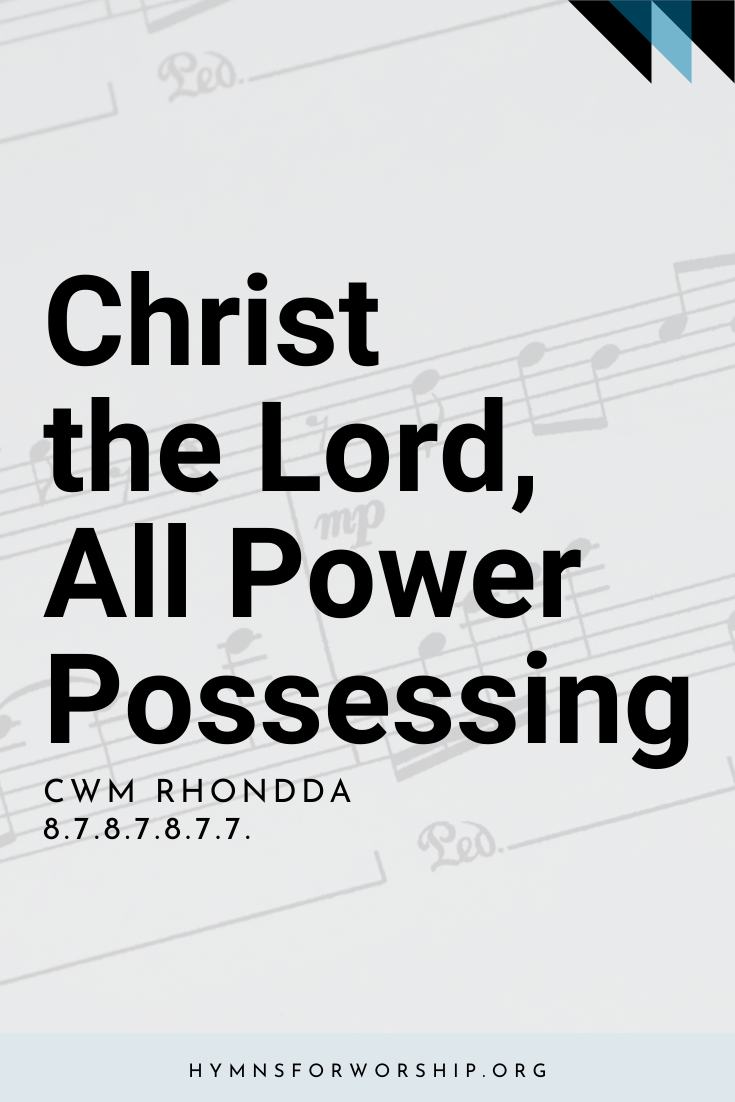
The third line repeats the first and the fourth line develops the second. The fifth line normally involves a repeat of the four-syllable text and the sixth reaches a climax on a dominant 7th chord(bar 12) – emphasised by a rising arpeggio in the alto and bass parts. The final line continues the musical development of the second and fourth (and generally carries a repeat of the text of the sixth). This upward trajectory of the melody becomes a triumphant ascent, a joyous praise offering reaching towards the heavens. The climaxes resonate with a sense of victory and exultation, reflecting the powerful emotion of worshipping and celebrating the divine. Certainly a hymn tune with a sense of celebratory triumph and unwavering faith.
No wonder, the tune has graced several royal weddings in the United Kingdom, most notably Prince Charles and Lady Diana Spencer’s wedding in 1981, and Prince William and Catherine Middleton’s wedding in 2011.
An Adventist Treasure
Singing “Christ the Lord, All Power Possessing” is more than just reciting lyrics; it’s a theological pilgrimage, a journey through time and space, exploring pivotal moments in Jesus’ ministry. It’s a testament to the enduring power of faith, the conviction of a community, and the unwavering belief in Christ’s ultimate triumph.
So, the next time you hear this hymn, don’t just sing it; embrace its depths. Let the music wash over you, let the lyrics guide you, and discover the hidden dimensions of this hymn of clouds and cosmic drama.
Feeling curious? Explore the hymn’s lyrics and delve deeper into the theological concepts of 1844 and the investigative judgment. Share your thoughts and discoveries in the comments below! Let’s keep the conversation going and unveil the hidden gems within our faith, one song at a time.

